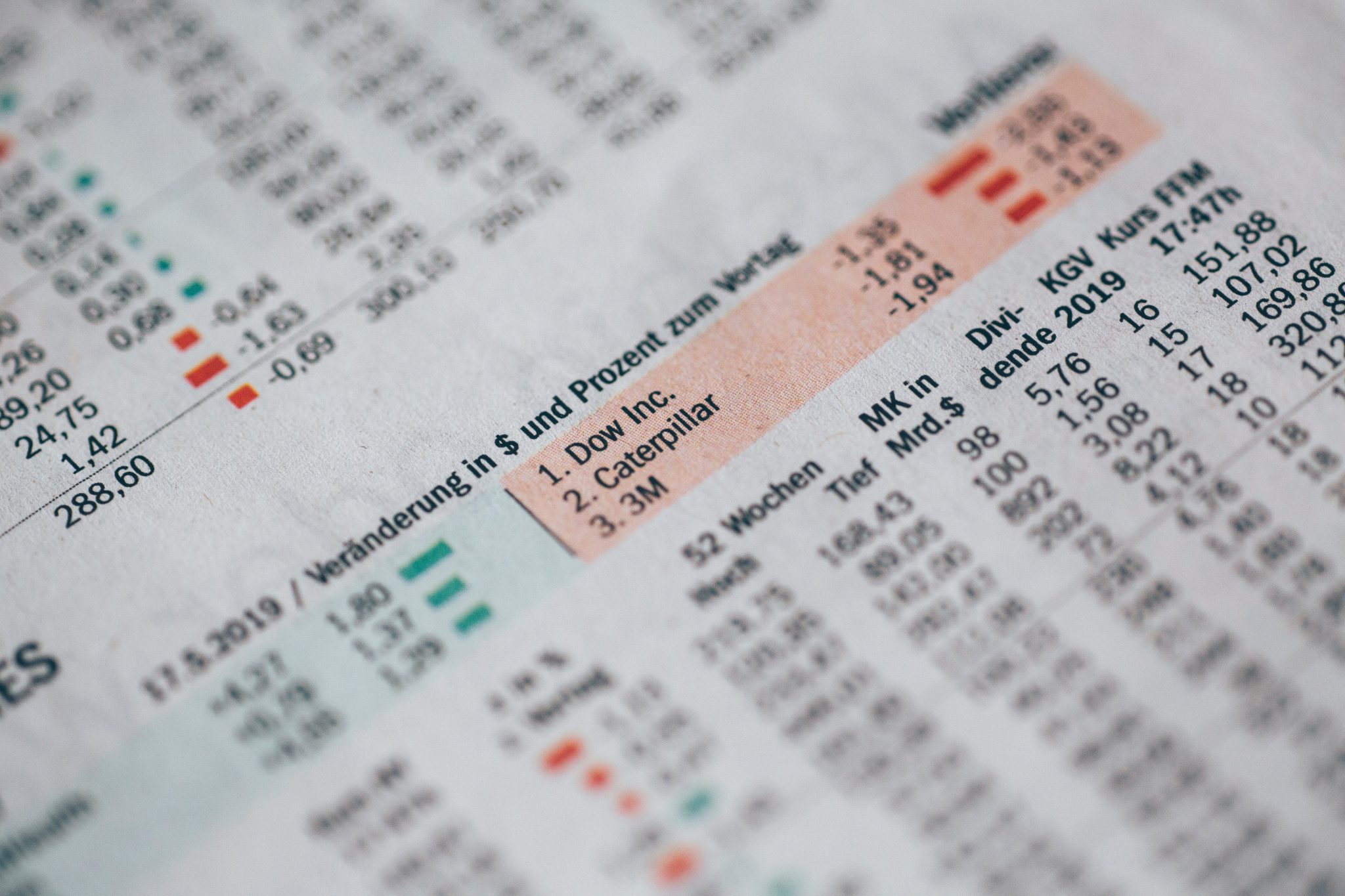What is a Roth conversion ladder and how can it help you fund early retirement?
I’ve written before on the five year rules of Roth IRA’s. This strategy utilizes a specific rule that affects Roth IRA conversions, and provides a means of taking tax-efficient withdrawals from your retirement account BEFORE you turn 59.5.
Roth IRA Conversions
First, we need to understand what Roth conversions are. Roth conversions are simply moving money from a tax-deferred retirement account such as a 401k, 403b, or traditional IRA into a Roth IRA.
This converts the money into Roth money. You’ll have to pay income tax on the amount converted at your marginal rate, but specifically with conversions you can avoid the 10% early withdrawal penalty. If you simply withdrew the money from the retirement account, you’d owe the penalty.
Because you’ll pay taxes on the converted amount you’ll want to be strategic about it. If you can, reduce your taxable income in any year you do a conversion.
The Five Year Rule
There is a specific nuance to the five year rule as it applies to conversions though. Each conversion has its own five year waiting period. This is different than other five year rules of Roth IRA’s. Typically, a five year waiting period is satisfied for ALL Roth IRA’s once you have had ANY Roth IRA for five years.
The Roth Conversion Ladder
A Roth conversion ladder means you take a portion of your retirement account each year and convert it into a Roth IRA. The staggered conversions are what create the ladder.
You may be wondering why you wouldn’t just convert the total amount you’ll need all at once. That would be a lot easier than dealing with a conversion every year.
Two things create the need to construct the conversion ladder.
- Taxes. You don’t want to convert a large amount at once since that will drive your marginal tax rate up. If you do, you’ll end up paying a greater portion of your conversion in taxes. Keeping the marginal rate as low as possible means converting the minimum amount necessary to stay under a given rate.
- The five year rule. Since you don’t want to convert all the money you will need for early retirement distributions at once, you’ll need to make several conversions. Since each conversion has it’s own five year waiting period, you’ll need to make sure you start five years out, and make a conversion each year.
Each conversion you make is intended to be withdrawn five years later. Assume you need $45,000 per year in early retirement. In its simplest form, the ladder will look this this:
| Year | Convert | Withdraw |
| 2018 | $45,000 | |
| 2019 | $45,000 | |
| 2020 | $45,000 | |
| 2021 | $45,000 | |
| 2022 | $45,000 | |
| 2023 | $45,000 | $45,000 (the 2018 conversion) |
Of course, this ladder would you get you through 2028. From there, you simply build the ladder out for as many years as you need. The above example assumes you want to start early retirement in 2023. You need to do a conversion five years earlier.
How many rungs does my Roth Conversion Ladder need?
Enough to get you from retirement until you turn 59.5 (55 if you separate from the employer that sponsors the plan) and can start withdrawing from any tax-deferred 401k or 403b accounts without the penalty.
Say you want to retire at 50. You need to build a ladder that will get you from 50 to 55 if you have your retirement savings in a 401k.
College professors and other education related professions with 403b retirement accounts need to build the ladder to 55 as well, since 403bs and 401ks have a special rule that allow for distributions at 55 if you have separated from employment with the plan sponsor.
Why not just save in a Roth IRA to begin With?
That’s a logical question. The answer lies in the Roth IRA contribution limits. You can only save a maximum of $5,500 per year in a Roth IRA. Company sponsored accounts like 401k and 403b plans allow for much higher contributions through salary deferrals plus employer matches. You can save $18,500 per year in those accounts, plus whatever your employer matches.
Simply put, you won’t be able to fund much of an early retirement relying on $5,500 contribution limits.
These limits don’t exist on CONVERSIONS. You can convert any amount from a 401k to a Roth IRA.
You can still contribute to the Roth as well as your employer-sponsored plan.
How are the Withdrawals Taxed?
Your withdrawals from your Roth IRA will be taxed according to their classification. Roth amounts can be either:
- Contributions
- Conversions
- Gains
Each of the three are taxed differently. Contributions to a Roth IRA can be withdrawn at any time, for any reason, with no taxes or penalties. You already paid taxes on that money.
Conversions follow the tax rules we discussed earlier. You pay income tax on the amount at the time of the conversion, but not the 10% early withdrawal penalty. If you hold the conversion in the Roth IRA for five years then you can withdraw the conversion amount without incurring the 10% penalty EVEN IF YOU HAVE NOT TURNED 59.5.
Lastly, any gains made on contributions or conversions. Gains withdrawn before you turn 59.5 will incur both income tax and early withdrawal penalties.
Its easy to see that your Roth IRA likely is a combination of contributions, conversions, and gains. How do you manage your withdrawals to ensure you take them as tax favored as possible?
Fortunately, you don’t really have to micromanage this. The IRS has an assumed withdrawal order. Any dollar you withdraw from your Roth IRA is assumed to come first from contributions, then from conversions, and lastly from gains. This is a very favorable tax assumption.
What you need to plan for is to make sure that your contributions and conversions will cover your withdrawals in early retirement.
Paying Roth Conversion Taxes
Timing Roth Conversions
I don’t recommend that you try to time your Roth conversions based on market conditions. If a Roth Conversion makes sense for you, do it. However, if the market takes an especially sour turn like an 07/08 market or a 2020 market then converting more of your account can make a lot of sense as long as you have the money to pay the taxes.
Need help deciding whether a Roth conversion is right for you or how to plan for the tax bill? Contact me through this form here, email me at brandon@brandonbelongingwealth.com or call 903-471-0624 and we will get started.







